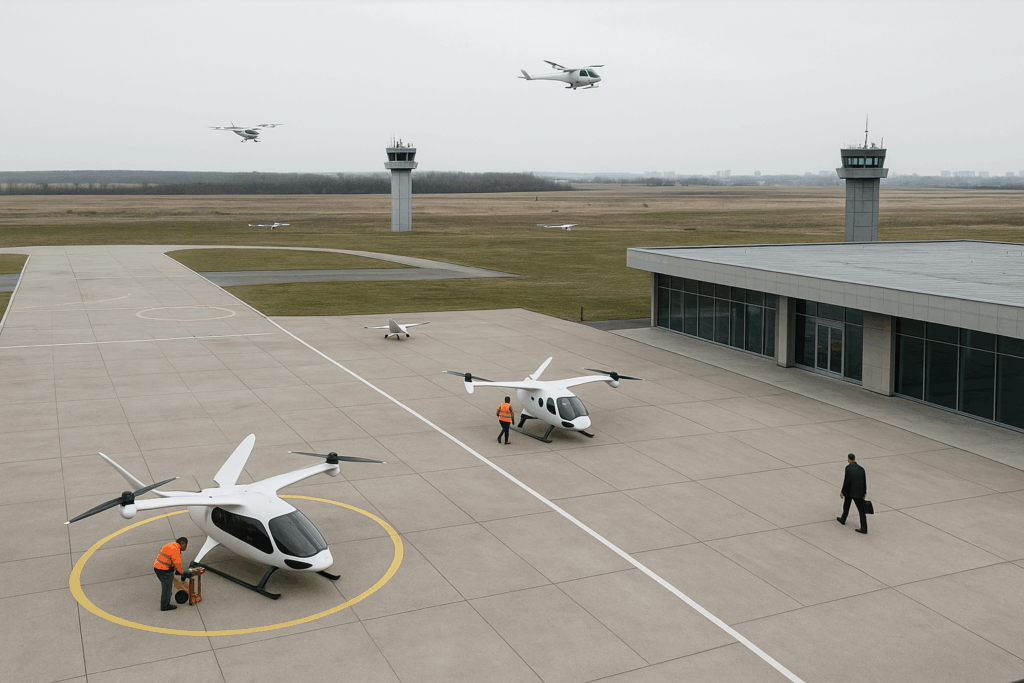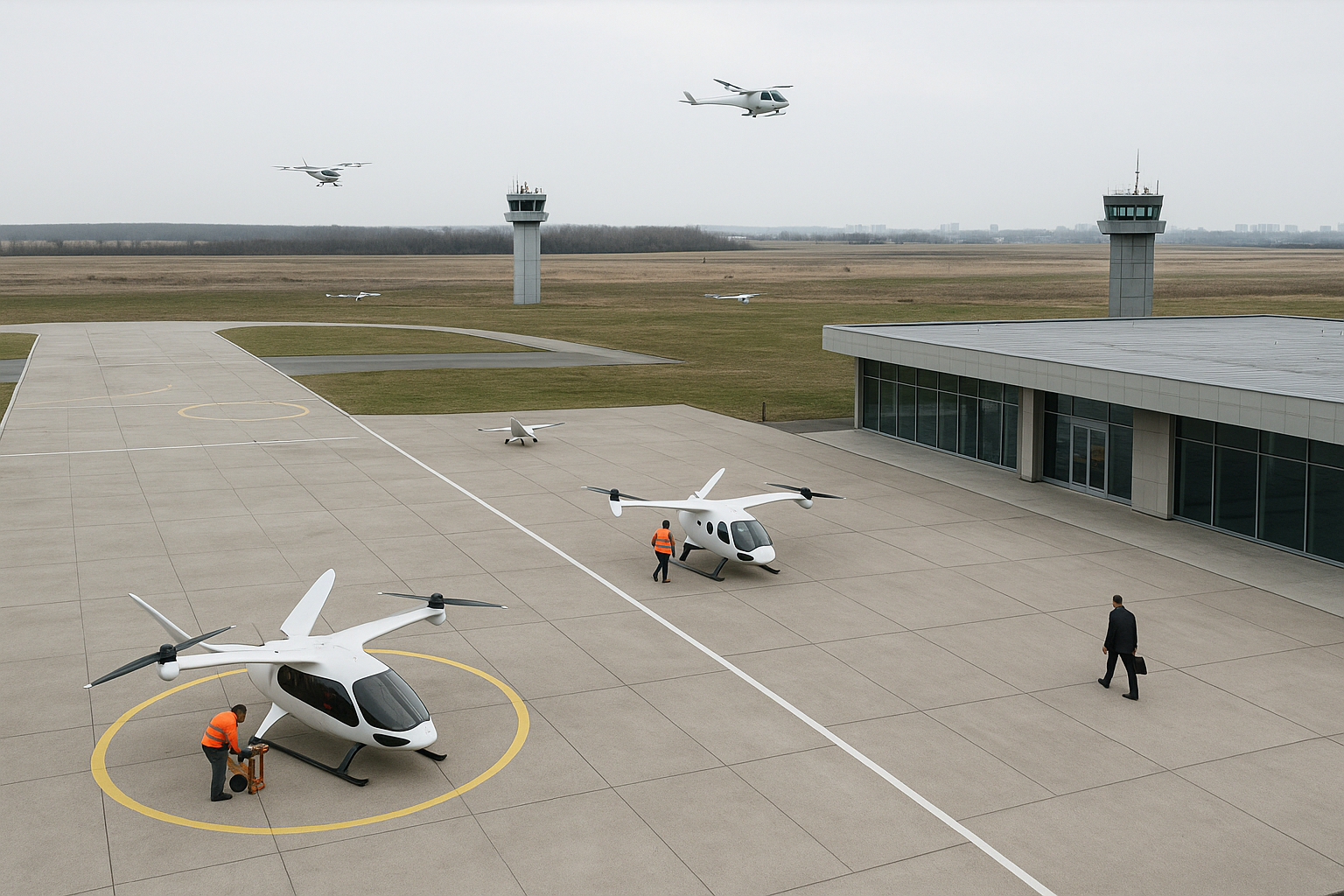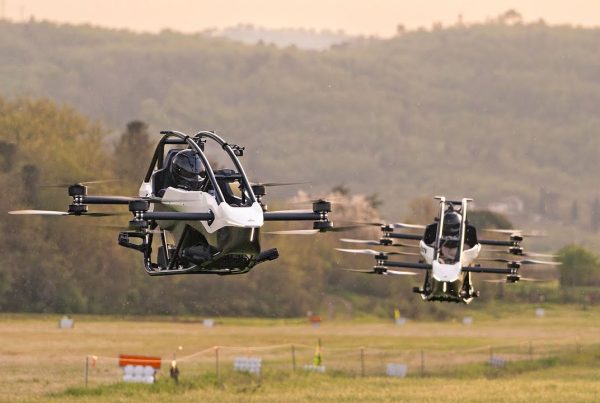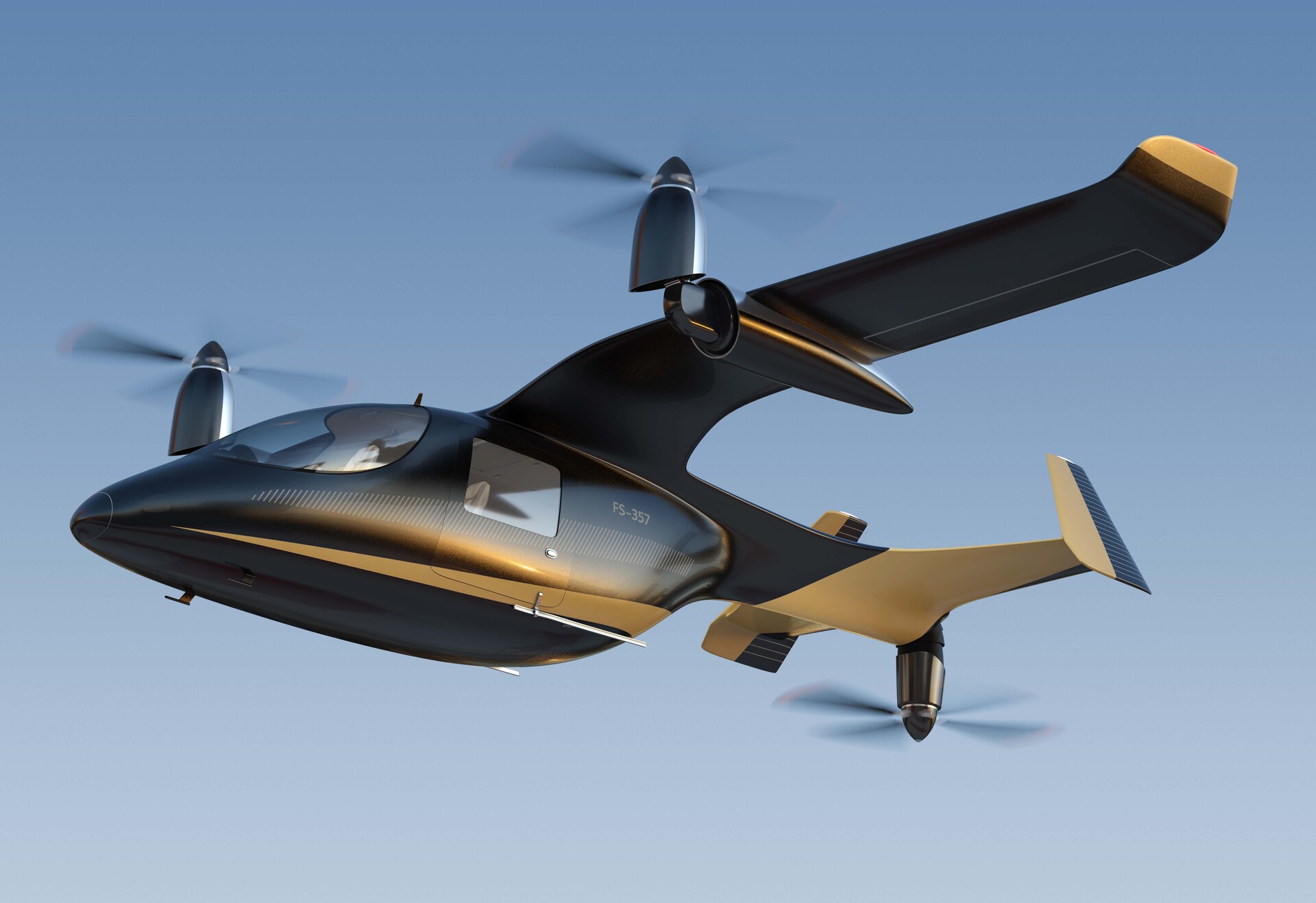What is it?
Advanced Air Mobility (AAM) refers to a new aviation ecosystem that uses next-generation aircraft, such as electric Vertical Take-Off and Landing (eVTOL) vehicles and autonomous drones, to transport people and goods at low altitudes—especially in urban, suburban, and regional environments.

AAM includes:
- Passenger air taxis
- Cargo drones
- Medical and emergency response UAVs
- Infrastructure like vertiports, air traffic management, and digital connectivity
It aims to redefine how we move within and between cities, using clean, quiet, and efficient aircraft systems.
How does it work?
The AAM ecosystem is built on four interdependent layers:
- Aircraft: eVTOLs, electric fixed-wing aircraft, and hybrid drones, often autonomous or remotely piloted.
- Infrastructure: Vertiports, charging stations, air traffic corridors, and UTM (Uncrewed Traffic Management) systems.
- Regulation: Certification frameworks for aircraft, airspace integration policies, safety standards, and flight operations licensing.
- Operations & Services: Fleet operators, ride-sharing platforms, logistics providers, and maintenance networks.
It functions through digital integration, advanced flight automation, and close coordination between civil aviation authorities, local governments, and private sector innovators.
Why is this important?
AAM addresses urgent challenges in modern mobility:
- Urban congestion: Reduces pressure on roads by unlocking vertical airspace
- Sustainability: Supports decarbonization through electric propulsion
- Equity & Access: Connects remote or underserved areas where ground infrastructure is lacking
- Emergency & Resilience: Provides rapid response for disaster relief, medical delivery, and surveillance
- Economic growth: Catalyzes new industries, jobs, and value chains in aerospace and mobility
It represents a paradigm shift in how societies approach transport planning, aviation regulation, and urban design.
What can we expect in 5–10 years?
- Certified eVTOL aircraft entering commercial service in multiple cities
- Public-private partnerships to build national and regional AAM roadmaps
- Vertiport networks integrated with rail, metro, and last-mile logistics
- Digital traffic management systems for drones and eVTOLs at scale
- Inter-city electric flights bridging medium-range routes more efficiently than rail or car
- Mainstream adoption of cargo drones in logistics, healthcare, and agriculture
Countries with proactive regulatory frameworks and cross-sector collaboration will lead the global rollout of AAM.
What else should I know about this?
- Safety and social acceptance are critical. Community engagement and transparent risk management will shape public trust.
- Standards and certification processes are still evolving, requiring close coordination with global aviation bodies (e.g., EASA, FAA, CAAC).
- Airspace management must balance traditional aviation, drone traffic, and emerging AAM use cases.
- Interoperability and international harmonization will be essential for cross-border AAM operations.
- Workforce development is key—new roles will emerge in piloting, maintenance, airspace coordination, and vertiport operations.
AAM is not just about flying vehicles—it’s about building a new, more connected and sustainable mobility ecosystem. Speak with the NexAvian team today to start preparing for an AAM future.




